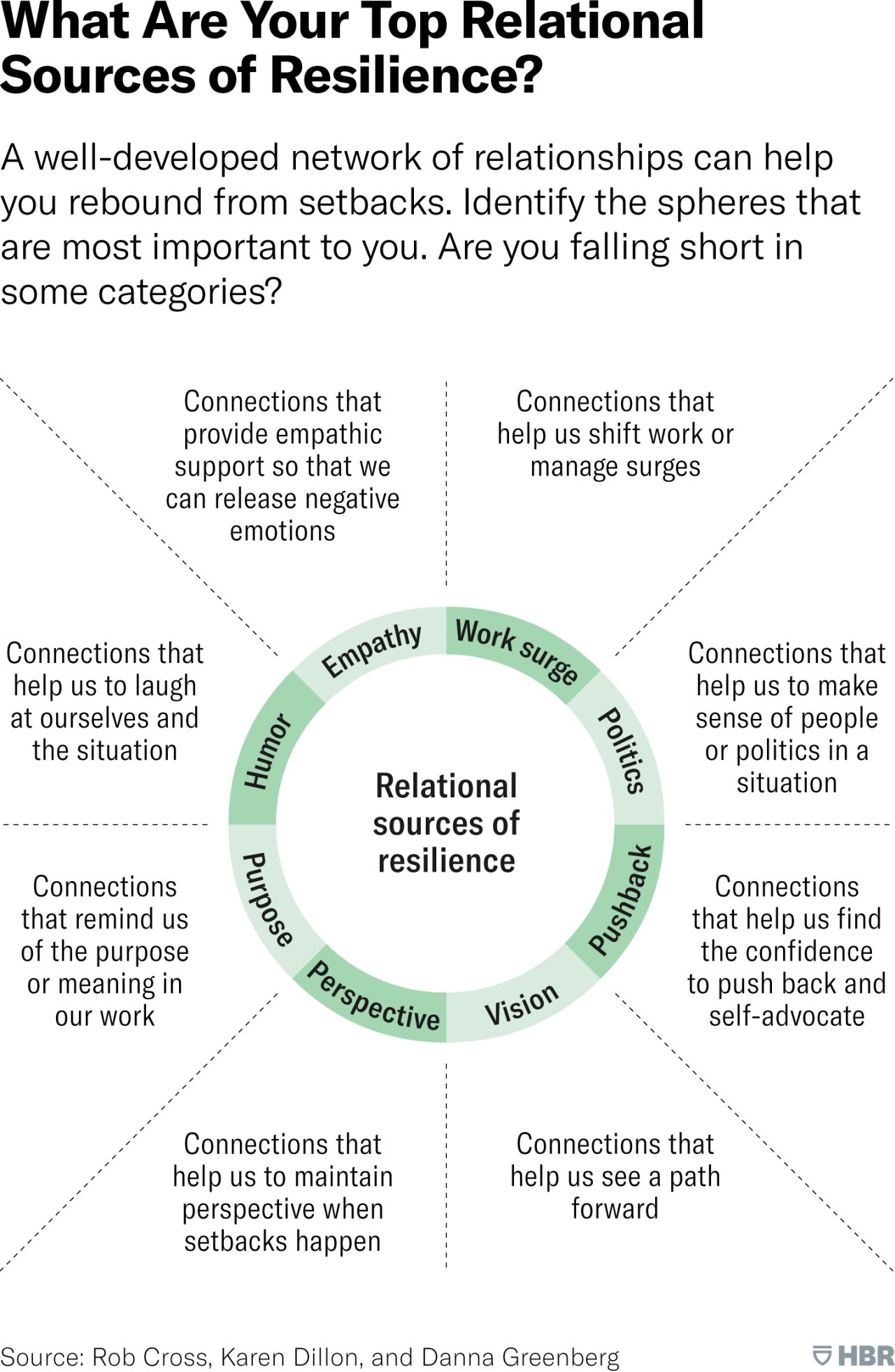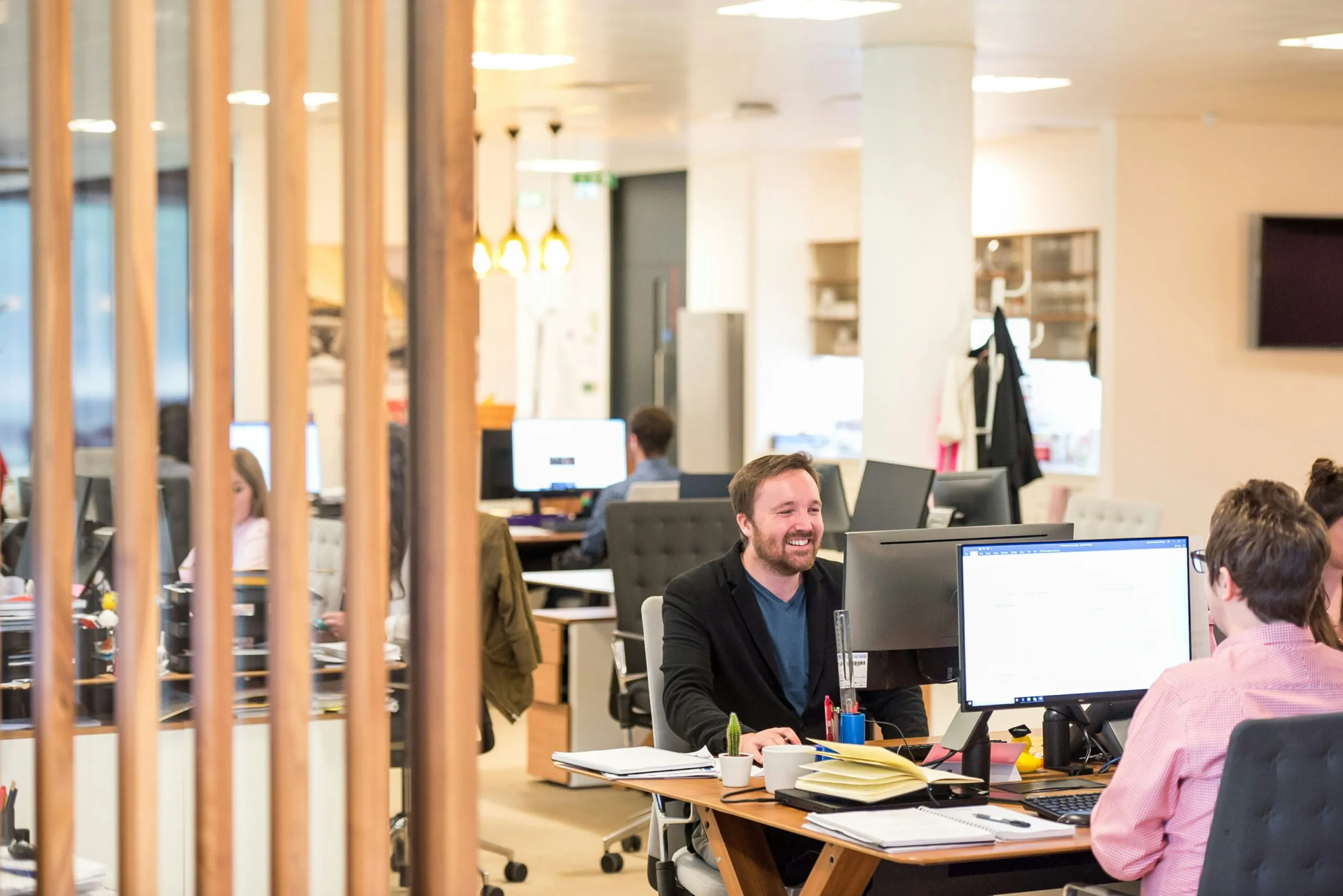
Key Takeaways:
- Resilience is a skill, not a fixed trait: You are not simply “born resilient”. Research shows resilience at work is a capacity that can be intentionally developed and strengthened over time through practice.
- The Cost of Neglect Is High: Poor mental health costs UK employers £45 billion annually and leads to a $1 trillion loss in global productivity each year. Resilient individuals are 50% less likely to experience burnout.
- Small, practical actions are key. Lasting resilience is built through consistent practice in several areas. These include controlling your thinking, adapting to change, protecting your well-being, and building a strong support network.
The modern workplace brings rapid change and constant pressure. Some people navigate this world well. They adapt, grow, and even thrive. What sets them apart?
The answer is resilience.
But resilience is more than ‘bouncing back’ from setbacks. It is the skill of adapting to difficult experiences. It means using your mind, emotions, and actions to emerge from hardship stronger and better prepared for the next challenge.
This guide offers a clear, data-driven path to building that resilience at work. It provides seven practical actions to develop resilience in your people. You will see the high cost of ignoring resilience and why thriving under pressure is now essential.
You can equip your teams to not only withstand pressure, but to use it as a catalyst for growth. This guide shows you how.
What is Workplace Resilience?
We often think of resilience as simple toughness. An ability to endure. But that view is incomplete.
True resilience means adapting well to difficult experiences. It is not passive endurance. It is an active skill, built on flexible thoughts, emotions, and actions. This ability to adapt helps people emerge from hardship stronger than before.
Resilience matters for both people and their companies.
Resilient people protect their own well-being, while resilient organisations anticipate and adapt to disruption. The two are linked. A supportive company makes its people more resilient. And resilient people are the foundation of a resilient company.
Research from Harvard Business Review identifies three traits of resilient people and organisations:
- Accepting reality. They see things as they are. This allows them to act effectively.
- Finding meaning. They find purpose in hardship, which gives them direction.
- Improvising well. They use what they have to find new solutions.
These are not fixed traits. They are a blend of realism, purpose, and adaptability. They are skills you can learn.
Why Resilience is Non-Negotiable
Workplace stress is not a minority issue. Recent studies show 84% of workers feel their job has contributed to at least one mental health challenge.
Ignoring this reality is expensive.
Low resilience creates a cycle of burnout, high turnover, and lost productivity. Investing in a resilient workforce delivers clear returns. The choice is stark:
| The Cost of Low Resilience (Neglect) | The Rewards of High Resilience (Investment) |
|---|---|
| Increased Burnout: Resilient people are 50% less likely to experience burnout. | Increased Productivity & Performance: Resilient employees report higher productivity and job satisfaction |
| Employee Turnover: Disengaged employees are 87% more likely to leave, costing up to £30,000 per replacement. | Higher Employee Engagement: Highly engaged employees are far less likely to leave. |
| Reduced Productivity: Poor mental health costs UK employers £45B a year. Global losses from stress reach $1T. | Improved Wellbeing & Reduced Stress: Resilience training can deliver a 2.5x ROI through better productivity and reduced stress. |
| Lower Engagement: Only 23% of employees report feeling both resilient and adaptable. | Greater Adaptability to Change: Employees using their strengths are 43% more likely to adapt well to change. |
Despite the costs, only 16% of employers invest in resilience training. This is a major oversight. Building resilience is not just about reducing risk. It is about unlocking your team’s full potential.
Resilience is a Skill, Not a Trait
Many people believe you are either born resilient or you are not. This is a myth. Resilience is not a fixed trait. It is a set of skills you can learn and strengthen over time.

This is possible because our brains are adaptable. Through practice, we can form new habits and responses. This makes resilience a skill that can be taught and learned effectively.
Avoiding the Resilience Traps
Building resilience requires wisdom. A blind focus on “toughness” can be a trap. It can lead people to tolerate toxic workplaces or pursue foolish goals. True resilience requires good judgment.
We must also avoid “toxic positivity”, forcing a positive spin on every problem. This approach damages psychological safety and prevents real coping. True resilience acknowledges all emotions, good and bad.
Finally, organisations cannot place the burden of resilience only on the individual. When systemic issues like chronic overwork or poor leadership cause stress, the organisation must change. Expecting individuals to simply “be more resilient” is unfair and ineffective.
The 7 Pillars of Building Resilience at Work
Building resilience is a skill. The seven actions below are interconnected, and together, they create a strong foundation for a resilient career.
Your Resilience Toolkit: The 7 Pillars at a Glance
| Pillar Name | Core Principle | Key Action Areas |
|---|---|---|
| 1. Control Your Thinking | Build a realistic and purposeful view of your work | Frame problems differently. Manage your emotions. Focus on what you can control. |
| 2. Adapt to Change | See challenges as chances to grow | Solve problems with a clear process. Be flexible. Learn from mistakes. |
| 3. Use Your Strengths | Fuel your energy with a sense of purpose. | Know your top strengths. Find small ways to use them every day. |
| 4. Build a Support Network | Foster strong, supportive relationships. | Nurture professional friendships. Practice active listening. Offer help to others. |
| 5. Protect Your Wellbeing | Maintain your physical and mental health. | Set clear work-life boundaries. Take regular breaks. Use company health resources. |
| 6. Keep Learning | Believe your abilities can be developed. | Ask "What can I learn?" after a setback. Seek feedback to improve. |
| 7. Set Clear Boundaries | Understand your workplace and protect your focus | Learn to say "no" to extra tasks. Communicate your limits respectfully. |
1. Control Your Thinking
Resilience starts with how you think. A resilient mindset combines an honest view of reality with a strong sense of purpose. It means managing your emotions well and focusing on what you can control.
Actionable Insight: When you face a challenge, separate facts from fears. Find meaning by connecting the task to a core value. Before reacting, pause and take a deep breath; this ensures your response is measured, not impulsive.
2. Adapt to Change
Work is always changing. Resilience requires agility, the skill of seeing change as a chance to grow, not as a threat. It means thinking flexibly, solving problems creatively, and treating setbacks as lessons.
Actionable Insight: Use a simple problem-solving framework: 1. Define the problem. 2. Analyze its causes. 3. Find potential solutions. 4. Implement your choice. 5. Review the result. When stuck, discuss challenges with colleagues to get new ideas.
3. Use Your Strengths
Lasting resilience comes from within. When your work aligns with your strengths and purpose, it gives you energy instead of draining it. This alignment is a powerful motivator when you are under pressure.
Actionable Insight: Identify your top three strengths. Ask for feedback or simply reflect. Find small ways to use these strengths every day. This practice, known as “job crafting,” makes work more meaningful.
4. Build a Support Network
You cannot build resilience alone. Your social connections are critical for navigating tough times. A network built on trust provides practical and emotional support when you need it most.
Actionable Insight: Nurture your professional relationships. Build genuine connections. Practice active listening to understand others before you respond. Offer help when you can, as giving support is as useful as receiving it.
5. Protect Your Wellbeing
Your physical and mental health directly affect your resilience. Self-care is not a luxury. It is essential for good performance. Neglecting your wellbeing makes everything harder.
Actionable Insight: Set clear boundaries between work and personal life. Take regular breaks and get physical activity into your day. Use any wellbeing resources your company provides, such as Employee Assistance Programmes
6. Keep Learning
A growth mindset is the belief that you can develop your abilities through hard work. It is crucial for resilience. This view helps you see challenges as chances to learn, not as roadblocks.
Actionable Insight: After a setback, ask, “What can I learn?” not “Why did this happen?” Seek feedback to improve. Celebrate progress, not just perfection.
7. Set Clear Boundaries
Your personal resilience exists within your workplace system. True resilience requires the wisdom to understand that system. It means setting firm boundaries to protect yourself from things like toxic positivity. You must know when to push through and when to push for change.
Actionable Insight: Set clear, respectful boundaries around your workload and hours. Communicate assertively to advocate for your needs. This may mean negotiating a deadline or simply saying “no” when your plate is full.
The Organisation’s Role
The seven pillars give power to individuals, but they do not work in a vacuum. A company must create an environment where resilience can grow. This effort has to be part of the culture, led from the top.
Leaders must lead by example. They must invest in their own resilience to model the right behaviour. The goal is a culture of psychological safety, where people feel safe to speak up about concerns or mistakes. Trust allows teams to be flexible and creative in a crisis.

To build this environment, organisations should:
- Provide real resources: Offer access to mental health support and ensure workloads are manageable.
- Communicate openly: Create honest, two-way communication channels and listen to employee concerns.
- Value people: Use regular check-ins, development opportunities, and recognition to show employees they matter.
A proactive approach creates a healthier and more adaptive workplace.
Your Journey to Lasting Resilience
Resilience is not a destination. It is a continuous practice of learning and adapting. The path is built on small, consistent actions. Choose one or two strategies from this guide that feel right for you. Apply them with patience, and you will see real change.
Investing in resilience is an investment in your people and your company’s success. It creates a healthier, more adaptive, and more productive culture for everyone.
Contact us today for more information on how to build resilience within your team.



